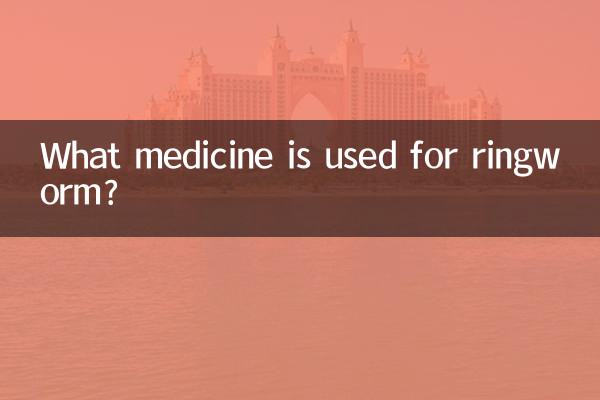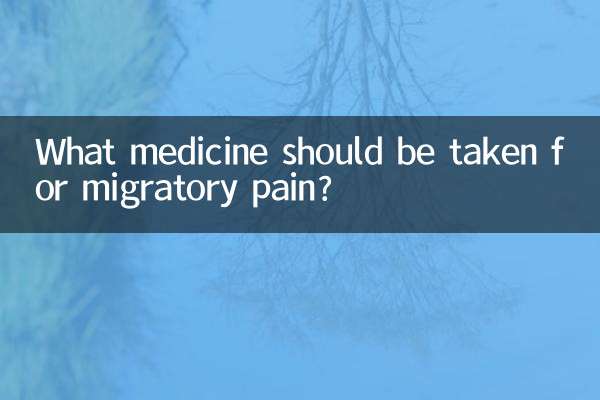What medicine is used for ringworm?
Tinea planus (lichen planus) is a common chronic inflammatory skin disease manifesting as purple-red flat papules, often accompanied by itching. In the past 10 days, treatments and care methods for ringworm flatus have become a hot topic. This article will give you a detailed introduction to the medication regimen and precautions for tinea plana based on the hot topics on the Internet.
1. Common treatments for ringworm

According to recent hot topics discussed by medical platforms and patients, the treatment drugs for tinea planum mainly include the following categories:
| drug type | Representative medicine | Mechanism of action | Applicable situations |
|---|---|---|---|
| topical corticosteroids | Hydrocortisone ointment, mometasone furoate cream | Anti-inflammatory, anti-itching | Mild to moderate ringworm |
| calcineurin inhibitor | Tacrolimus ointment, pimecrolimus cream | Modulate immune response | Tinea planum on face or sensitive areas |
| Oral antihistamines | Loratadine, Cetirizine | relieve itching | Patients with severe itching |
| immunomodulator | Methotrexate, cyclosporine | Suppress excessive immune response | Severe or generalized tinea planum |
| Vitamin A derivatives | Acitretin | Regulates keratin formation | Stubborn ringworm |
2. Inventory of recent popular treatment methods
1.biologic therapy: Recently, there has been a lot of discussion in many medical forums, such as the application of IL-17 inhibitor (secukinumab) in refractory tinea planus.
2.New progress in phototherapy: Narrow-band UVB therapy has shown significant improvement in refractory skin lesions in recent clinical studies.
3.Integrated Traditional Chinese and Western Medicine: TCM heat-clearing and blood-cooling prescriptions (such as Xiaofeng San) combined with Western medicine treatment have become a hot topic.
3. Medication precautions
1.Hormone usage guidelines: Strong hormones are not suitable for long-term use (generally no more than 2 weeks), and weak preparations should be chosen for the face and skin folds.
2.adverse drug reactions: Recent feedback from patient forums indicates that tacrolimus ointment may cause a burning sensation in the initial stage, but you usually get used to it within 1 week.
3.Medication for special populations: Pregnant women should avoid using retinoic acid drugs, and children need to adjust their dosage.
4. Auxiliary treatment and daily care
| Nursing measures | Specific methods | Effect evaluation |
|---|---|---|
| skin moisturizing | Use a non-irritating moisturizer (such as Vaseline) | Recent studies show reduced relapse |
| stress management | Mindfulness meditation, regular work and rest | Patient feedback reduces symptoms |
| diet modification | Avoid spicy food | Helps relieve inflammation |
5. Latest research progress
1.JAK inhibitors: Drugs such as tofacitinib have shown potential in clinical trials for treating tinea planum.
2.Microbiome Research: Intestinal flora regulation may become an auxiliary treatment direction in the future.
3.targeted therapy: Precision treatments targeting specific inflammatory factors are under development.
6. Medical advice
1. If the skin lesions continue to expand or are combined with infection, you should seek medical treatment in time.
2. If there is no improvement after 2 weeks of medication, the treatment plan needs to be adjusted.
3. Regular follow-up visits to evaluate drug side effects.
Summary: The treatment of tinea planum requires an individualized plan. Recent hot spots show that biological agents and comprehensive management are gaining more and more attention. Patients should use medications rationally under the guidance of doctors and cooperate with scientific care to obtain the best results.

check the details

check the details